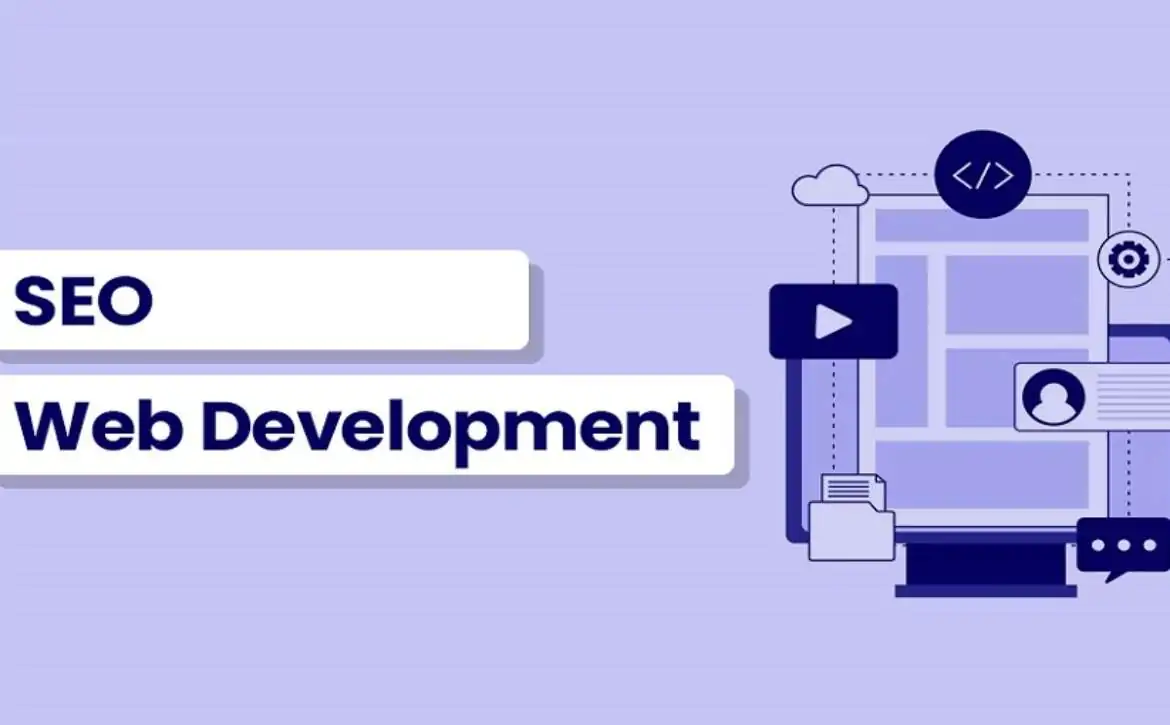The Future of SEO Marketing Strategy Trends You Can’t Ignore
The digital landscape evolves rapidly, and with it, the strategies businesses use to stay visible online must adapt. At the heart of this digital revolution lies SEO—Search Engine Optimization—a fundamental pillar of digital marketing. What is SEO and how it works , and how does it work? Simply put, SEO is the practice of optimizing a website to rank higher in search engine results, thereby increasing organic (non-paid) traffic. For companies of all sizes, knowing “how to do SEO for a website step-by-step” is now essential. An SEO marketing strategy plan that works is dynamic.
It requires continuous updates, experimentation, and alignment with ever-changing search engine algorithms—especially Google’s. As we move further into the digital era, traditional tactics like keyword stuffing and link spamming are long gone. Instead, today’s best SEO marketing strategies emphasize user experience, technical optimization, content quality, and semantic relevance. This article will explore the future of SEO marketing strategies—highlighting emerging trends, offering real-world SEO strategy examples, and even pointing to templates to help you craft your own.
Whether you’re a marketing pro or a small business owner, understanding what lies ahead will give you the competitive edge you need in 2025 and beyond. So buckle up: if you’re looking for the most effective, future-forward SEO strategy in digital marketing, this is your roadmap. Let’s dive into the trends shaping the future—and how to prepare your website for success.
1. SEO Marketing Strategy Is No Longer Optional
Google’s algorithm updates (like BERT and MUM) aim to interpret search intent, not just keywords. This means your SEO marketing strategies must evolve beyond traditional keyword optimization.
An effective SEO marketing strategy example for 2025 includes leveraging AI tools for content creation, competitor analysis, and even technical audits. These tools help identify user intent and optimize content structure for maximum engagement.
💡 Pro Tip: Use AI-powered SEO platforms like Surfer SEO or Clearscope to align your content with what’s ranking right now—this is the best SEO marketing strategies to match current algorithms.
2. User Experience (UX) Signals Will Define Rankings
Core Web Vitals have made it clear: Google cares about how users interact with your website. Page speed, mobile responsiveness, interactivity, and visual stability are now direct ranking factors.
An SEO strategy in digital marketing should now integrate UX design principles. A fast, mobile-friendly, and accessible site doesn’t just reduce bounce rates—it helps boost SEO rankings.
📋 SEO marketing strategies template tip: Always include a UX audit checklist. Ensure your website loads in under 3 seconds, has clear navigation, and uses mobile-first design.
3. Voice Search and Conversational Queries
This shift impacts keyword targeting, as voice searches tend to be longer and more conversational.
What does this mean for your strategy? Include long-tail keywords and question-based content. For example, instead of targeting “SEO tips,” aim for “how to do SEO for website step-by-step.”
🎯 SEO strategy example: Create an FAQ page optimized for voice queries, using schema markup to increase your chances of appearing in featured snippets.
4. E-E-A-T and Author Credibility
Experience, Expertise, Authoritativeness, and Trustworthiness—Google’s E-E-A-T guidelines—are essential. Your site must not only provide accurate content but prove it’s written by qualified authors.
This is especially true in industries like health, finance, or legal—where misinformation can be dangerous. Your SEO marketing strategies should include bio pages for content creators, citations, and backlinks from authoritative sources.
📘 Best SEO marketing strategy example: Build thought leadership by regularly publishing expert articles and contributing to reputable industry blogs.
5. Video Content and Visual Search
With platforms like YouTube being the second-largest search engine, and tools like Google Lens becoming more popular, visual and video content are gaining SEO value. Integrate video into your content plan. Similarly, optimize images with alt text and structured data for visual search.
📹 SEO marketing strategies template addition: Include a section for multimedia SEO—covering alt text, file names, and video schema.
6. Local SEO and “Near Me” Searches
Especially important for service businesses, local SEO helps you appear in geographically relevant searches. Think “best SEO consultant near me” or “SEO marketing strategy agency in NYC.”
📍 SEO strategy example: A digital agency in Austin creates separate pages targeting local industries like “SEO marketing strategies for real estate in Austin.”
7. First-Party Data and Privacy-Focused SEO Marketing Strategy
With third-party cookies phasing out, SEO will rely more on first-party data—information you collect directly from users. This includes email signups, behavior tracking via analytics, and feedback forms.
Integrate SEO with your data strategy. For instance, analyze search behavior on your site to find content gaps and SEO opportunities.
🔐 Future-ready tip: Make sure all data collection is GDPR-compliant and offers clear value to the user, like downloadable SEO marketing strategies templates.
In the end, As algorithms get smarter, your SEO marketing strategies must evolve to focus on human-first content, technical excellence, and adaptability. So whether you’re crafting your first SEO marketing strategy template or fine-tuning an existing one, now’s the time to pivot toward a more intelligent, user-focused approach. Embrace AI, prioritize UX, explore new content formats, and stay ahead of the privacy curve. Remember, SEO isn’t a one-time task—it’s an ongoing journey. And with these trends as your guide, you’re well on your way to building an unbeatable digital presence in the years to come.






